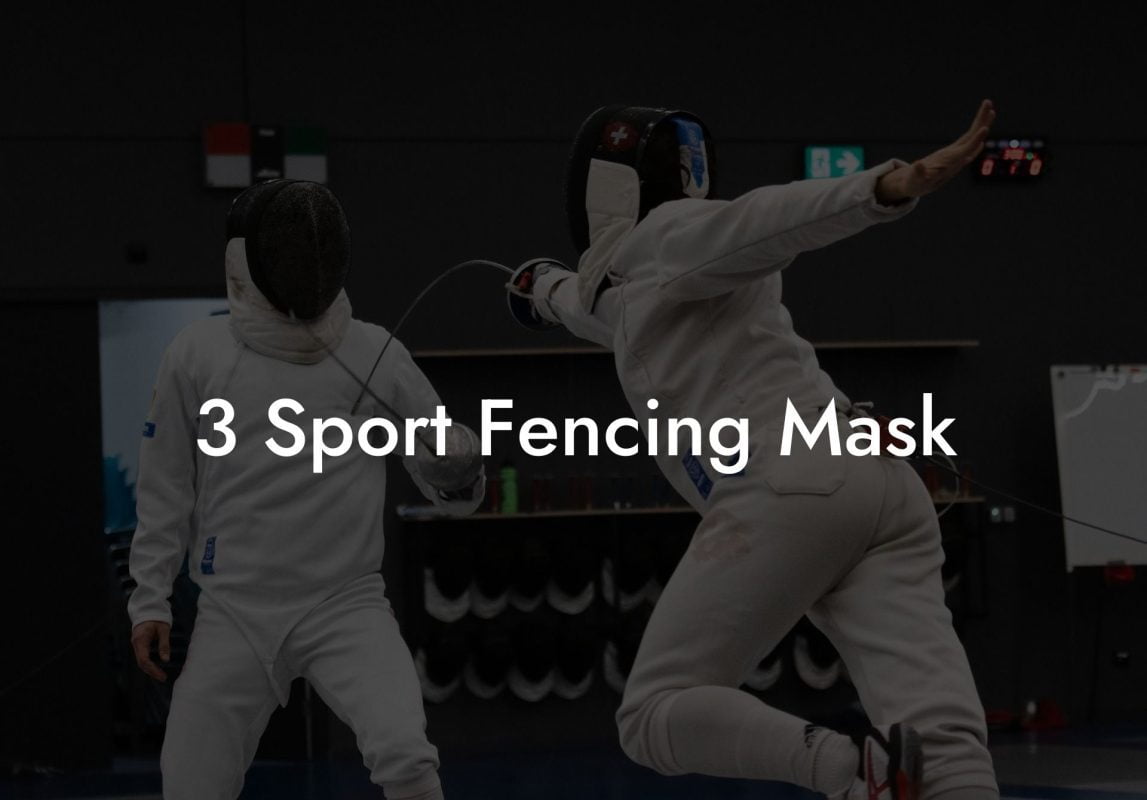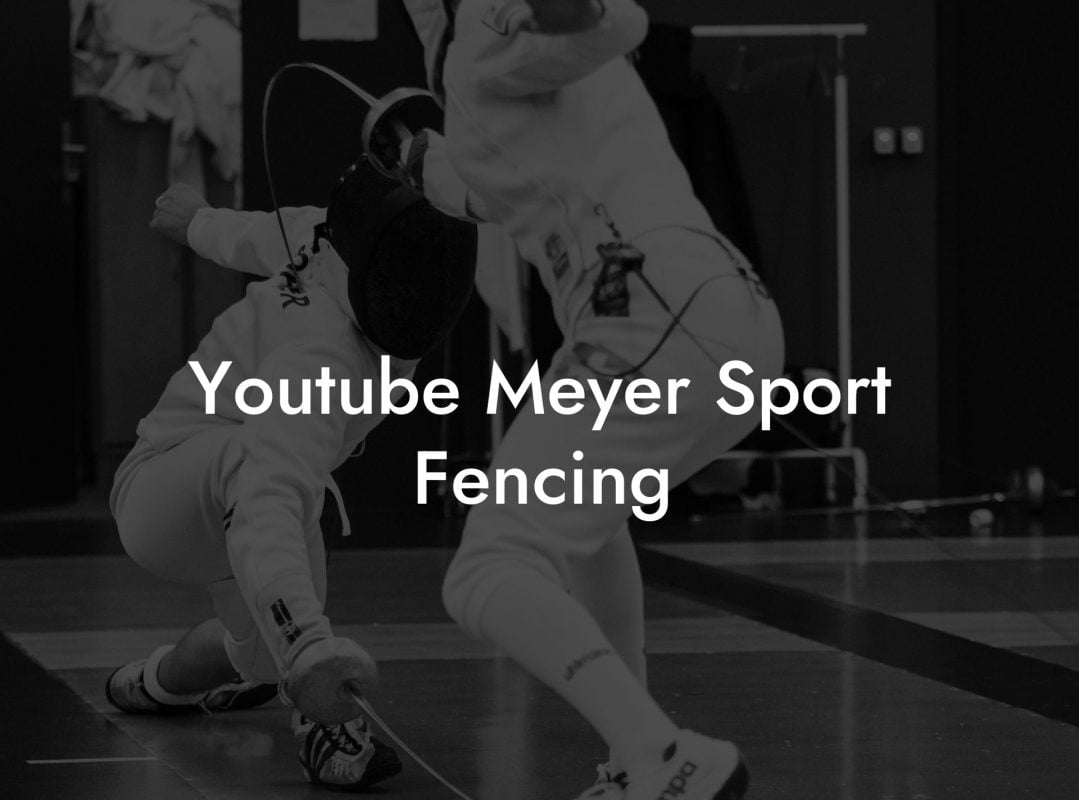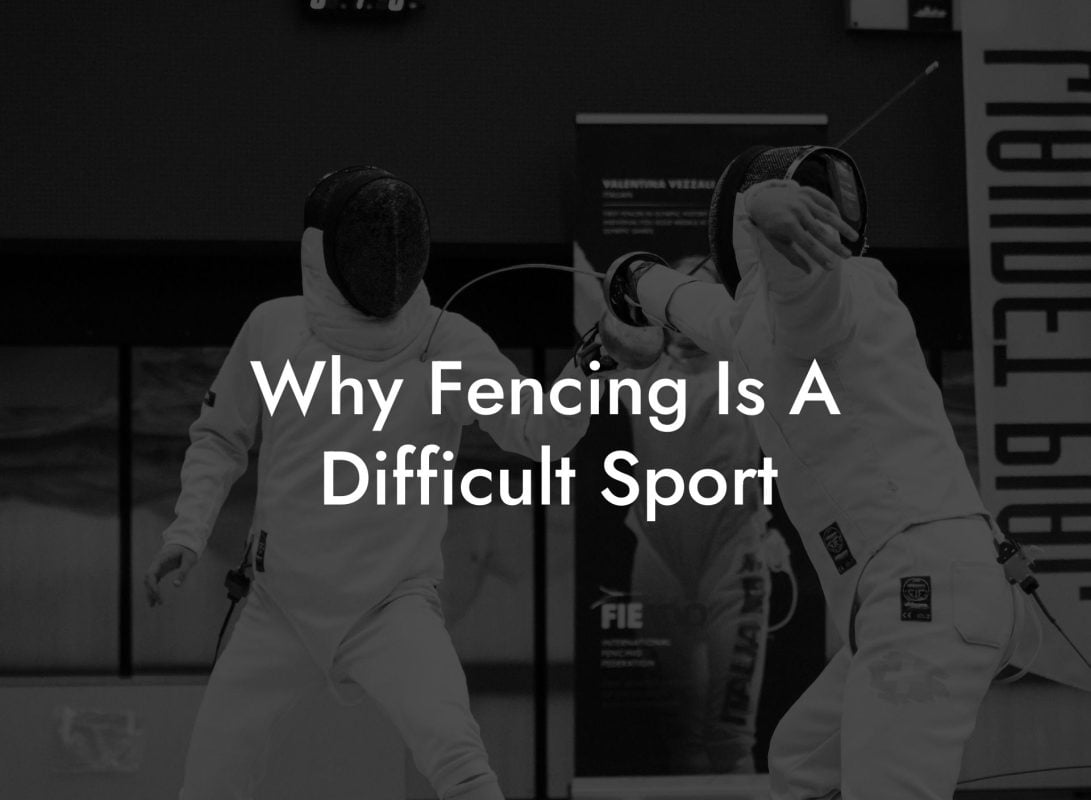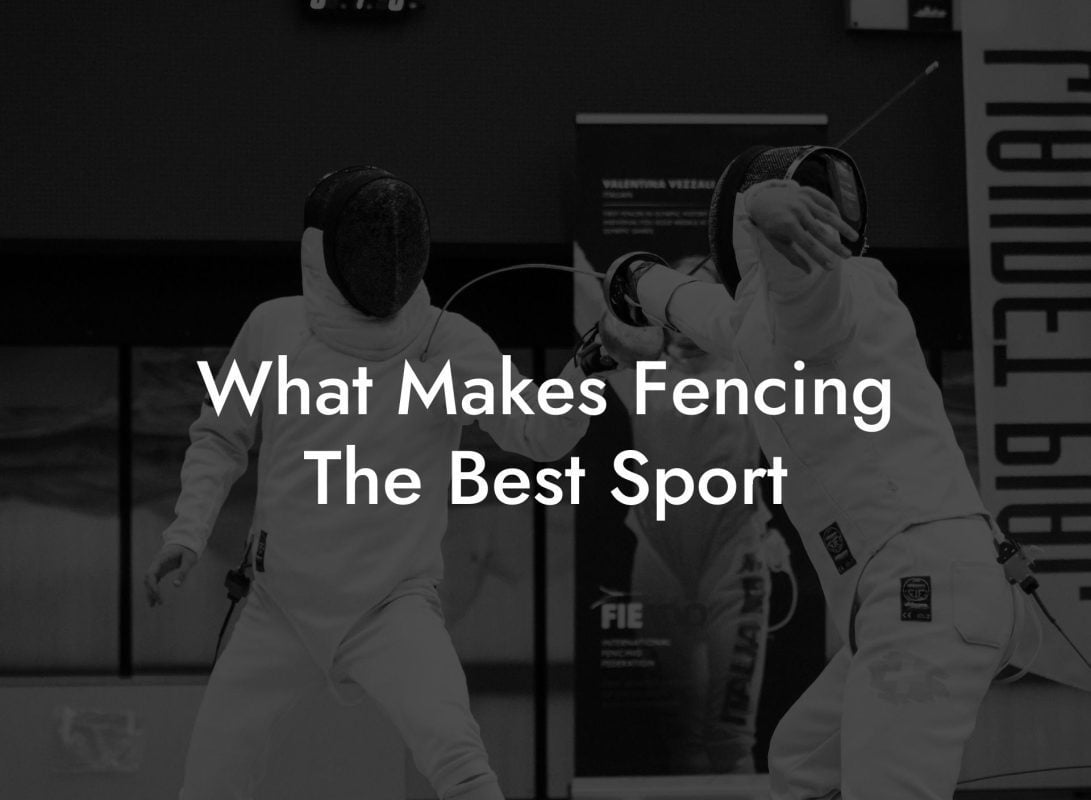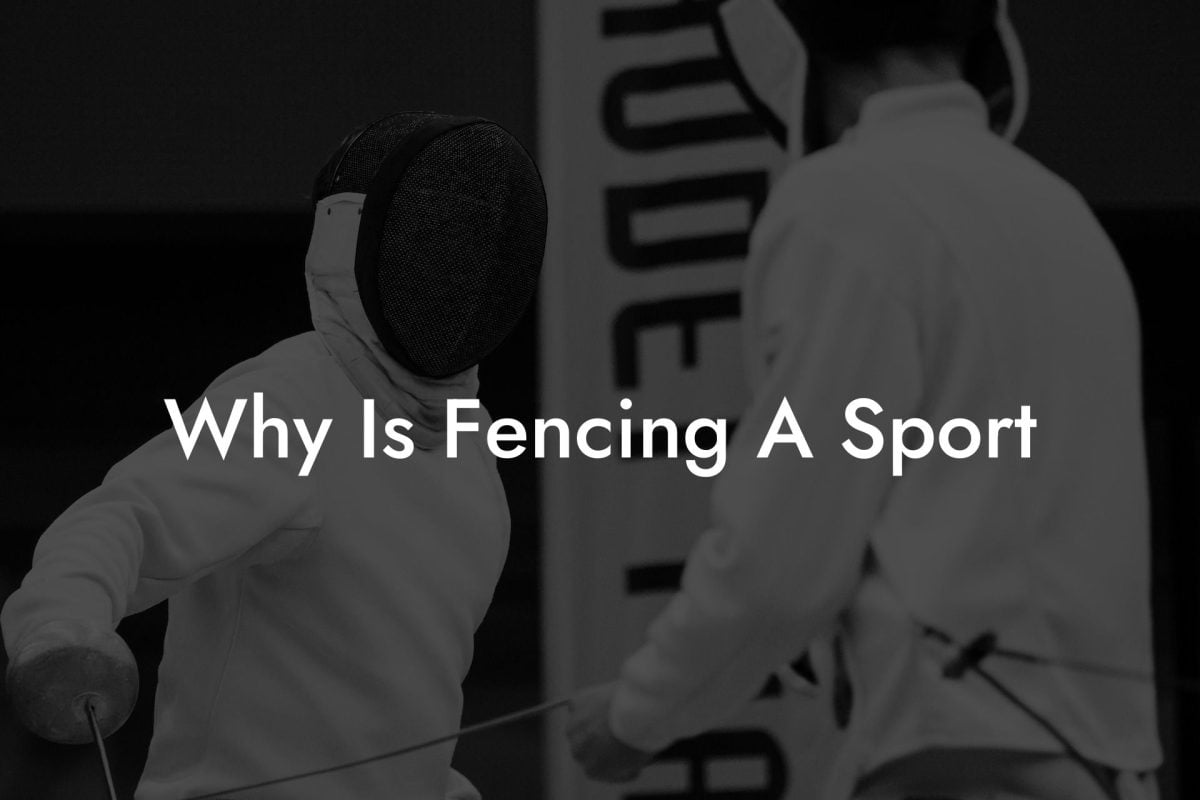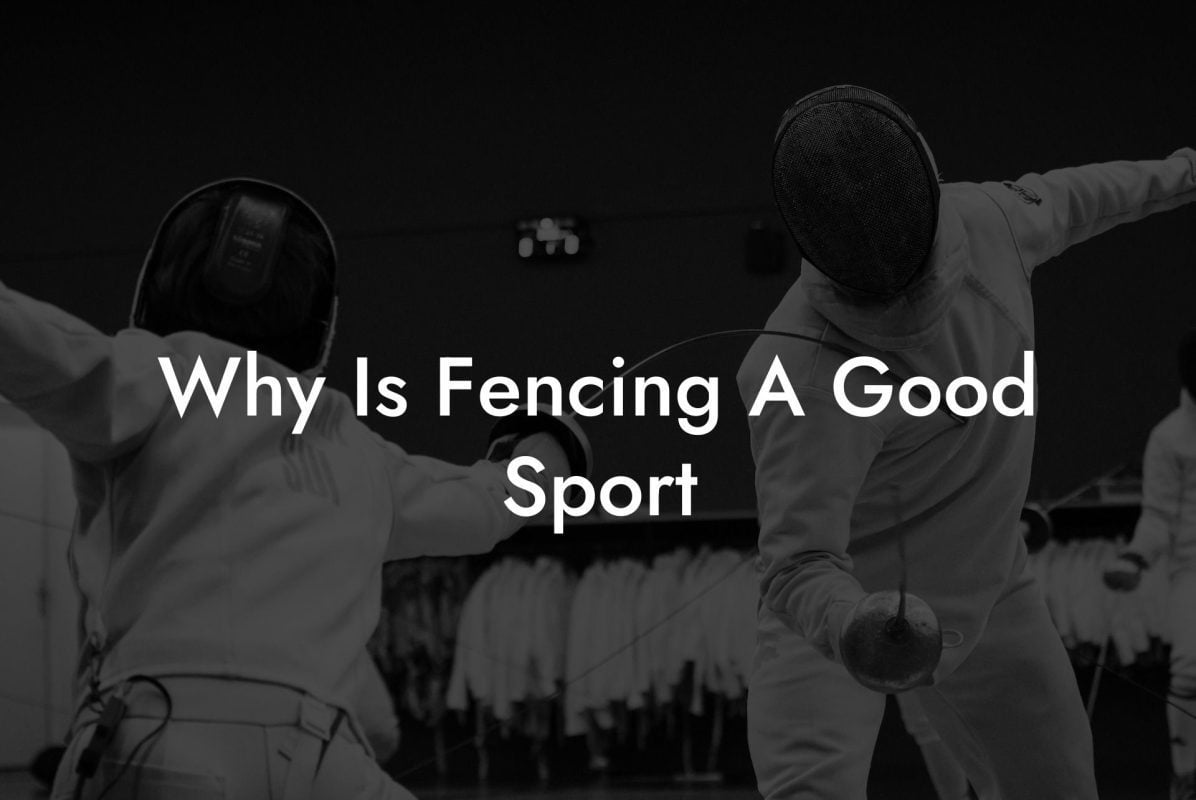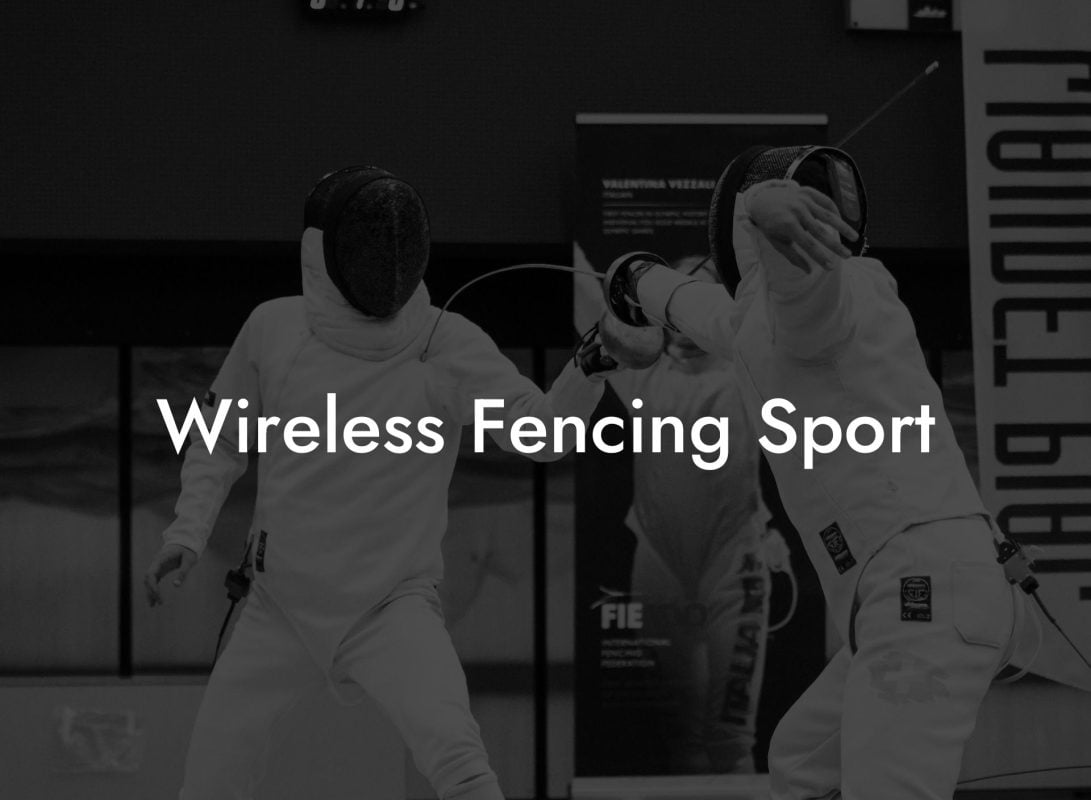Fencing has been a captivating sport for centuries, drawing athletes and enthusiasts alike into its swift and strategic world. As the sport has evolved, two distinct variations have emerged: sport fencing and historical fencing. In this article, we delve into the differences between these two captivating styles, and explore which one might be the perfect fit for you.
Sport Fencing Vs Historical Fencing Table of Contents
The Basics of Sport Fencing
Sport fencing, or modern fencing, is the style most commonly seen in Olympic competitions and fencing clubs around the world. This form of fencing has three disciplines - foil, épée, and sabre - each with unique weapons and rules.
Foil Fencing
Foil fencing is a light, thrusting weapon that targets the torso. Points are awarded for hits with the tip of the weapon, and right-of-way rules dictate which fencer scores if both land hits simultaneously.
Épée Fencing
Épée fencing also focuses on thrusting, but with a heavier weapon and no right-of-way rules. The entire body is a target, making the sport more tactical and strategic.
Sabre Fencing
Sabre fencing offers a cutting and thrusting style, with the target area being everything above the waist excluding the hands. Like foil, sabre also follows right-of-way rules.
The Basics of Historical Fencing
Historical fencing, also known as HEMA (Historical European Martial Arts), is a martial art focused on reconstructing the fighting techniques used in medieval and early modern Europe. It emphasizes the historical accuracy and practicality of techniques in armed and unarmed combat.
Longsword Fencing
Longsword fencing involves the use of a two-handed sword and is one of the most well-known historical fencing styles. It emphasizes cutting, thrusting, and grappling techniques based on old manuscripts and treatises.
Rapier Fencing
Rapier fencing is a discipline that uses a slender, sharply pointed sword, typically used in early modern Europe. It focuses on thrusting techniques combined with maneuvers like parrying, disengages, and close combat.
Other Historical Weapons
Historical fencing involves the use of many other weapons, such as daggers, polearms, and even unarmed combat. The techniques are often derived from historical sources and taught within the context of their original use.
Comparing the Two Styles
While both sport fencing and historical fencing involve swordplay, they differ greatly in their approach, focus, and techniques.
Equipment and Safety
Sport fencing uses specialized, modern equipment, such as electric scoring systems, masks, and protective gear. Historical fencing, on the other hand, utilizes replicas of historical weapons and less-specialized protection, such as padded jackets and helmets.
Techniques and Rules
Sport fencing is governed by strict rules and confines athletes to specific target areas and techniques. Historical fencing is less structured, focusing on the practical application of techniques in real-world situations.
Aesthetics and Tradition
Sport fencing is sleek and modern in its look, as well as its focus on speed and athleticism. Historical fencing puts more emphasis on the traditional aspects, such as the historical context of the techniques and the appearance of the weapons.
Sport Fencing Vs Historical Fencing Example:
Imagine visiting a local fencing club to watch a sport fencing bout between two épée fencers. The competitors follow strict rules and etiquette, and each takes turns attacking and defending, looking to land a touch on any part of their opponent's body. Points are tallied electronically, and the fencers wear protective gear such as masks, plastrons, and gloves.
Now imagine attending a historical fencing workshop, where participants learn longsword techniques based on a 14th-century manuscript. The swords, though blunted for safety, resemble their historical counterparts, and participants practice methods intended for actual combat, such as grappling and cutting techniques.
Sport fencing and historical fencing each offer their unique appeal and challenges. Whether you crave the fast-paced athleticism and precision of modern fencing or the historical context and combat pragmatism of HEMA, both styles offer excellent outlets for exercise, competition, and camaraderie. Be sure to share this article with fellow fencing enthusiasts and explore more in-depth guides and tips here at Anchorage Fencing Club.



